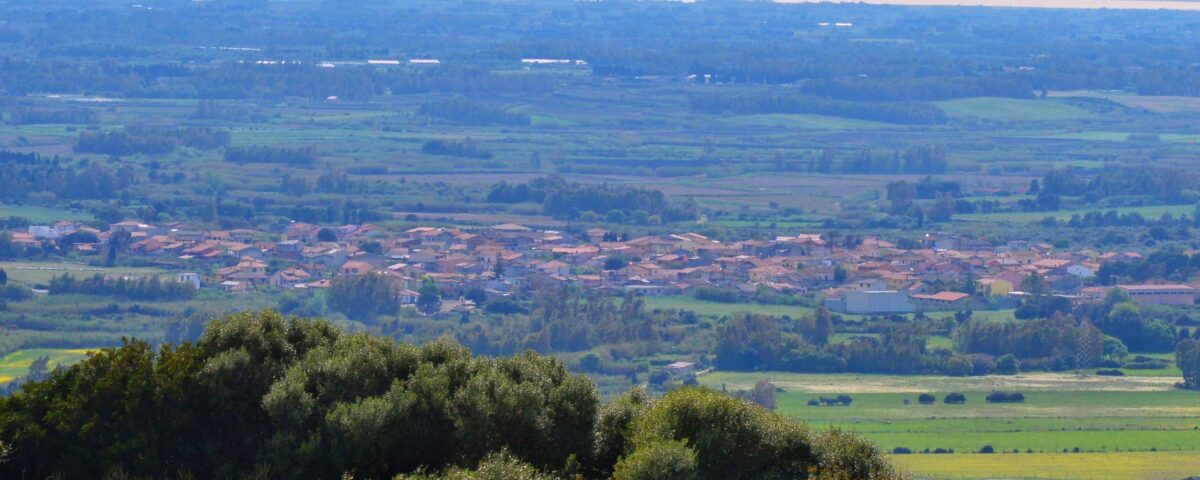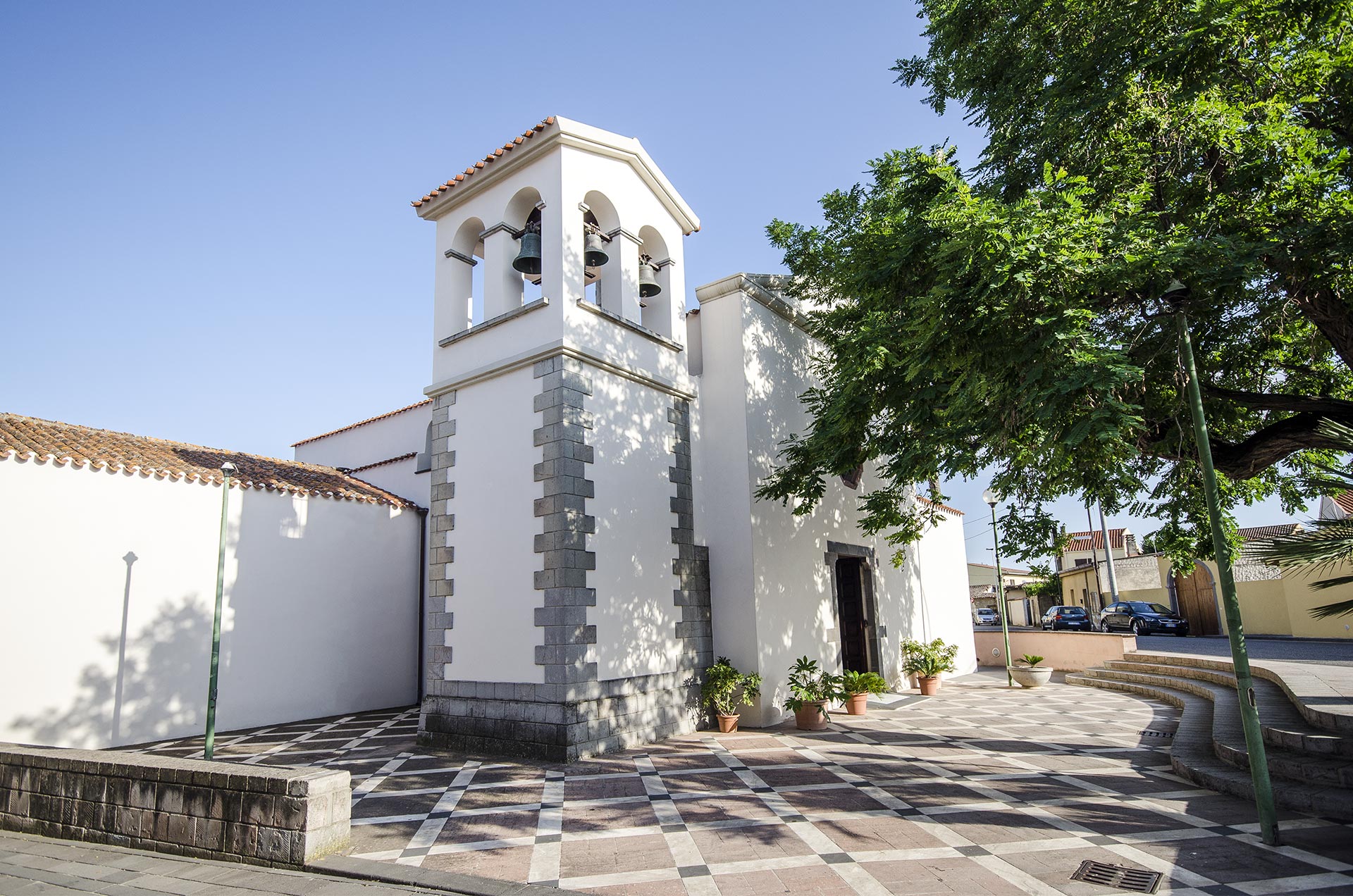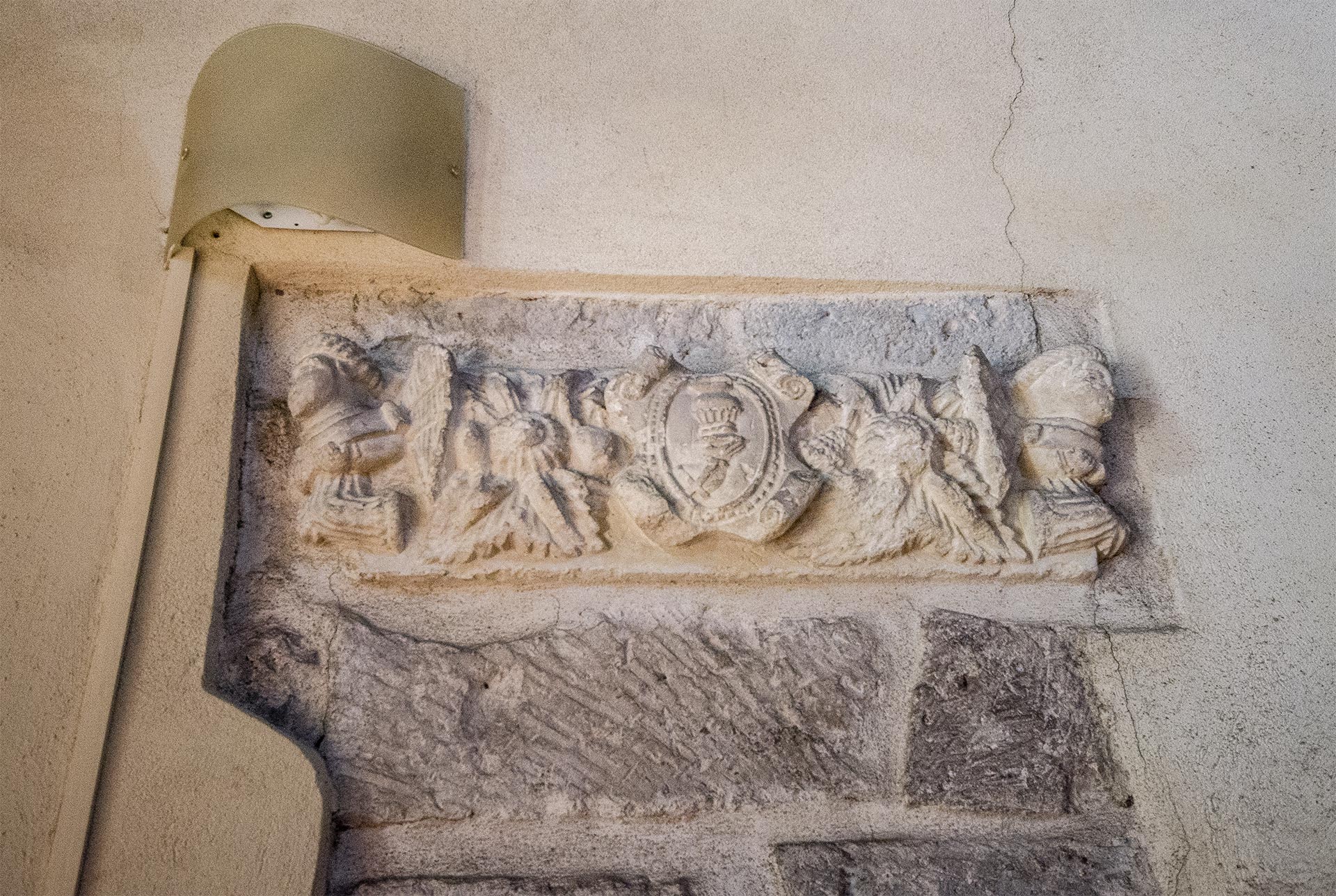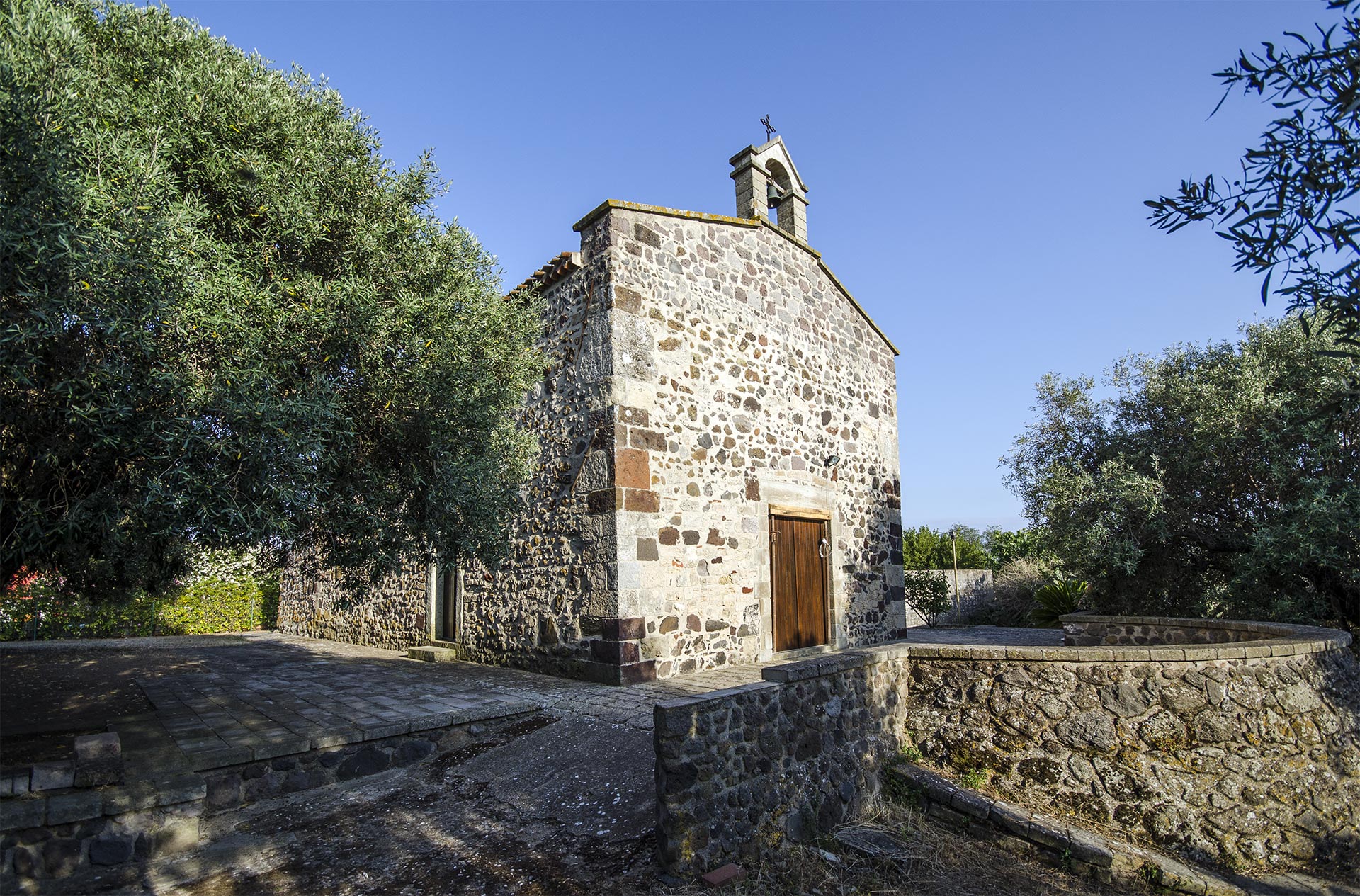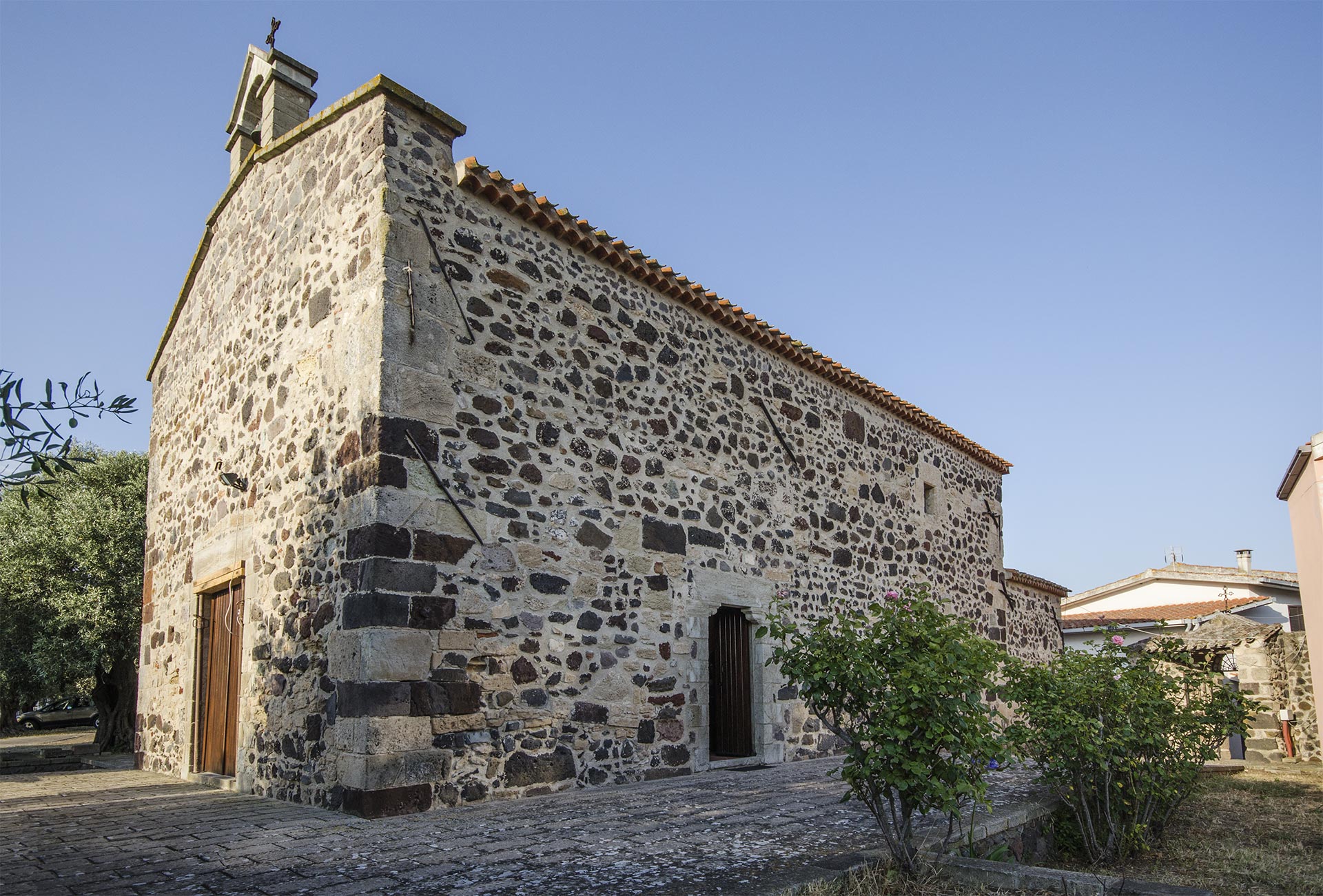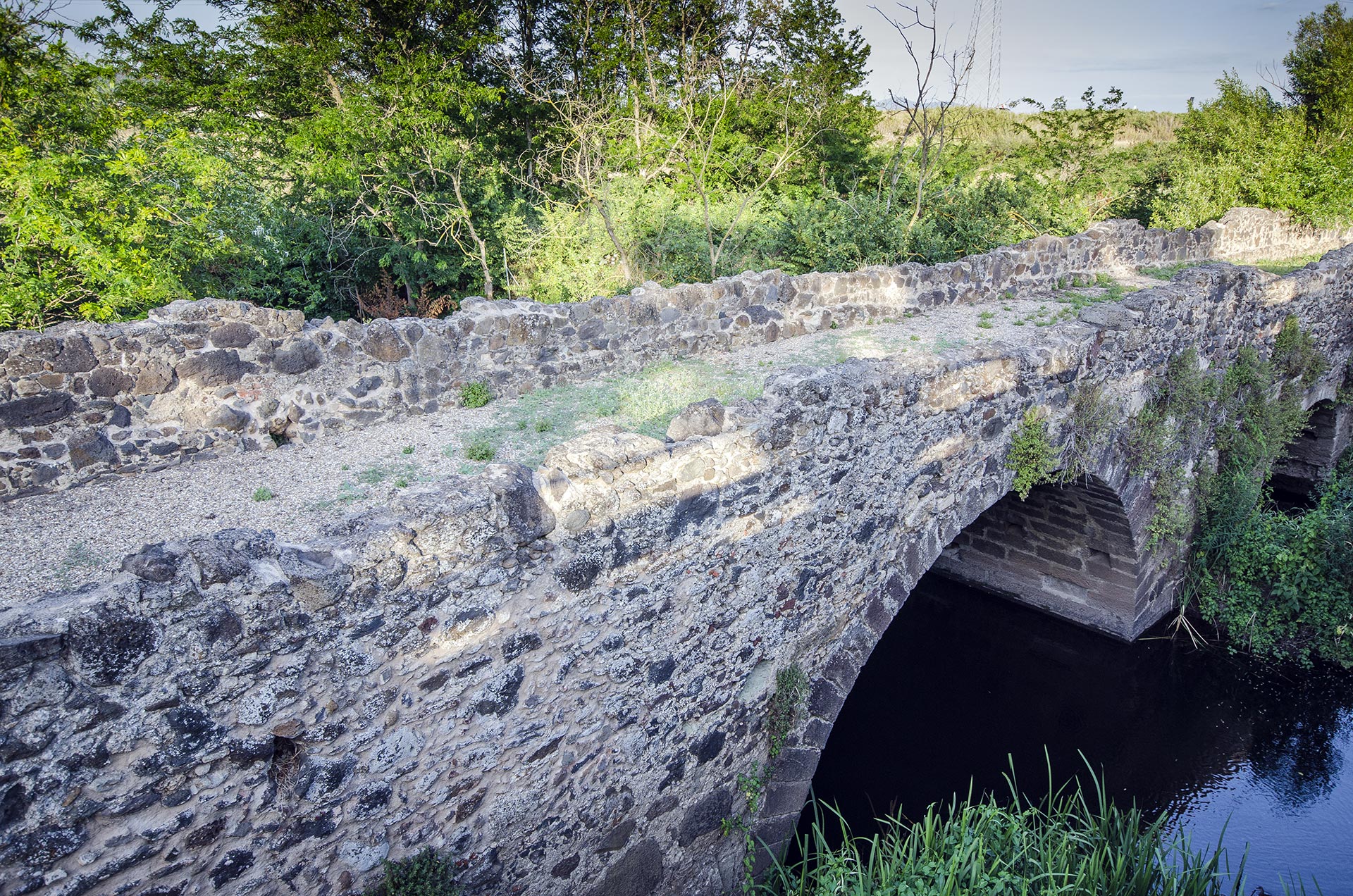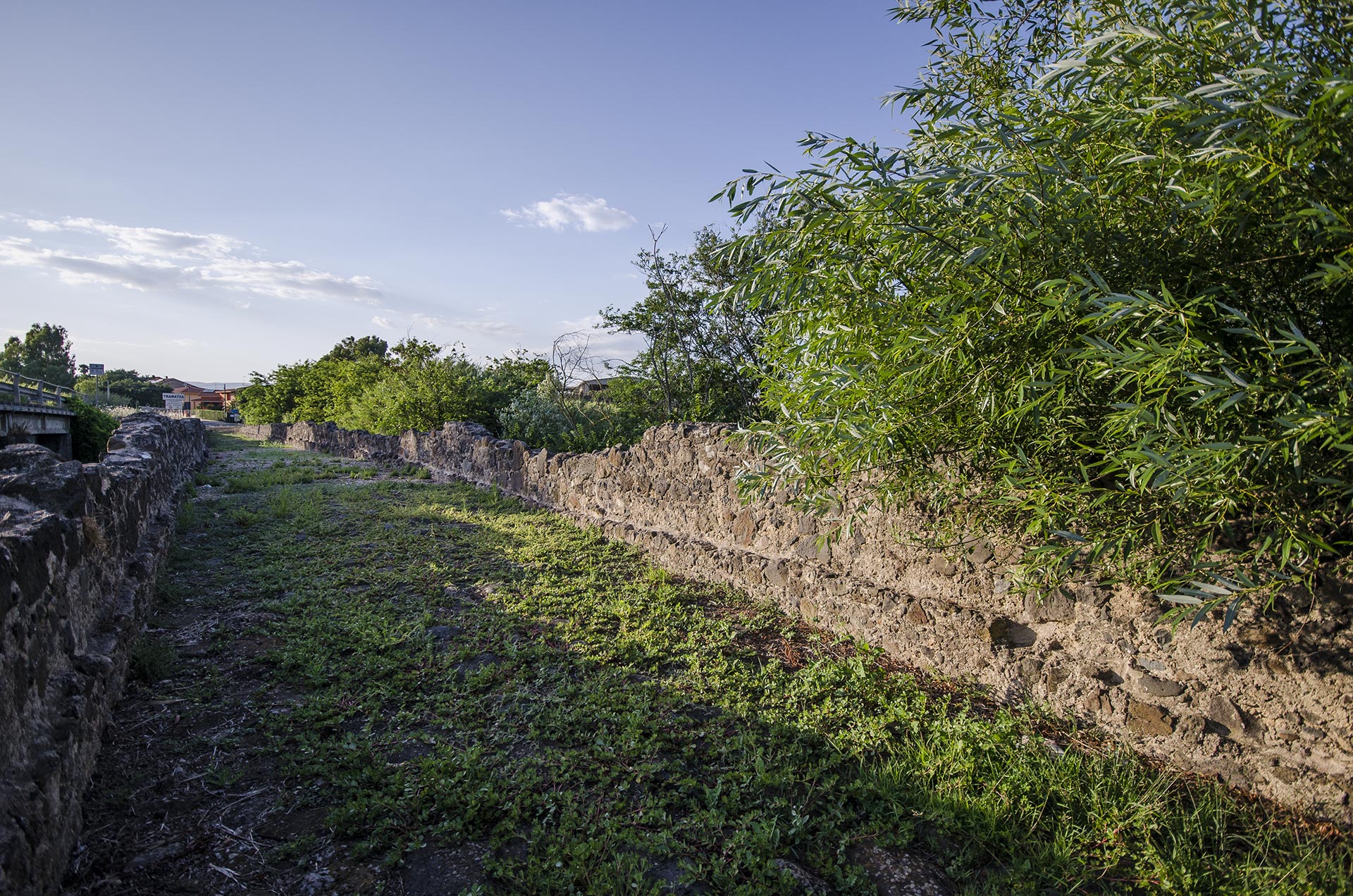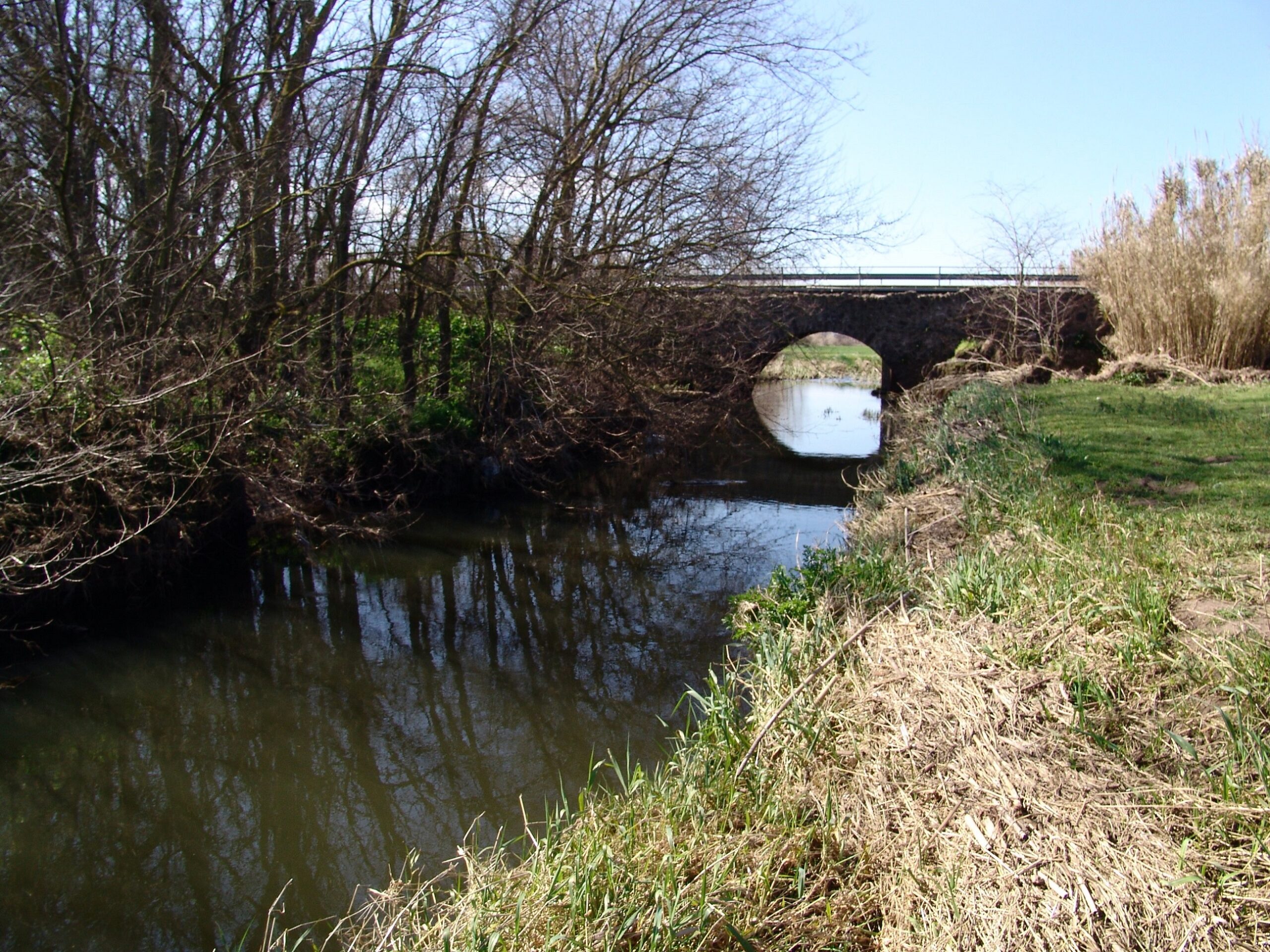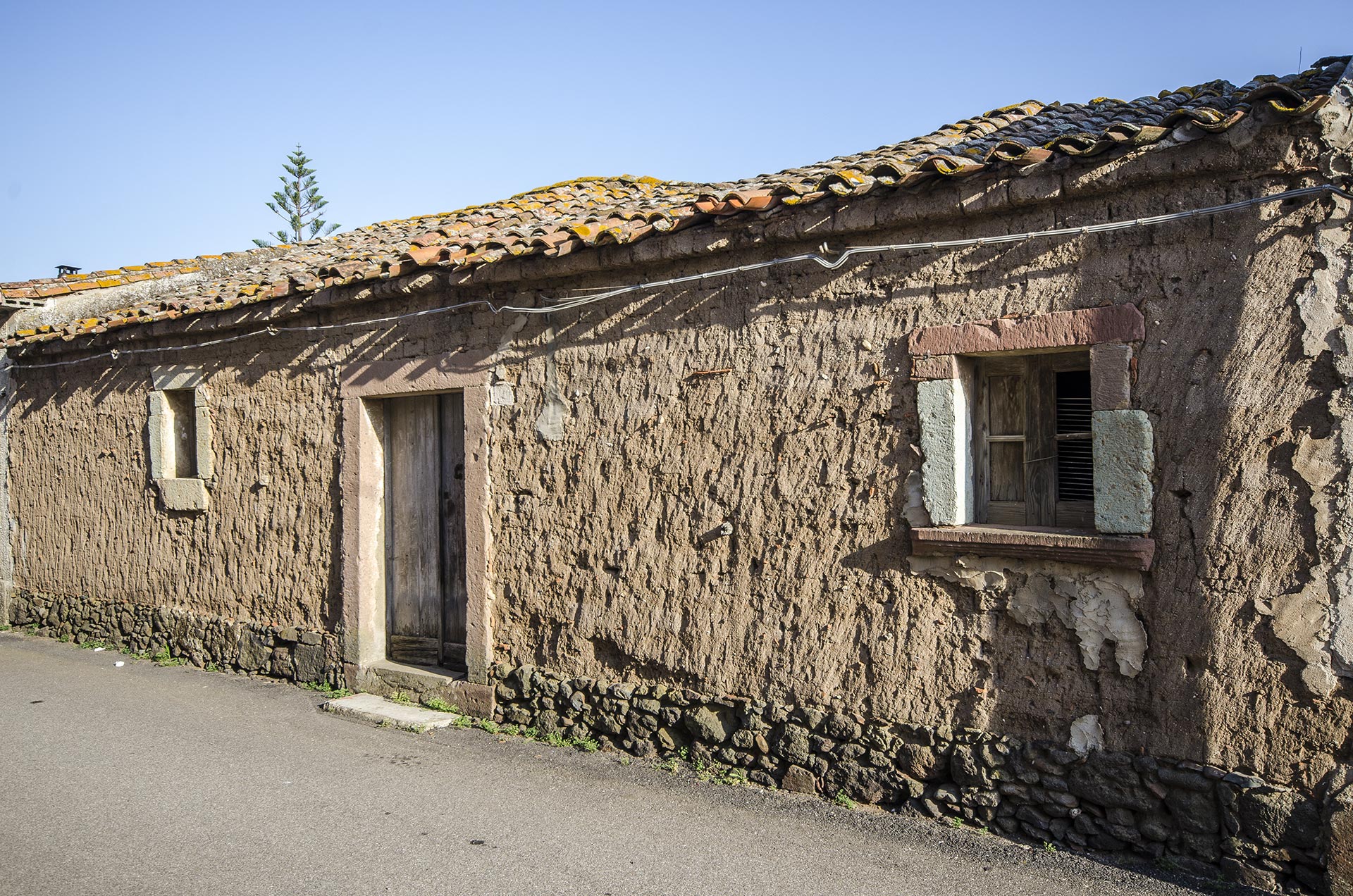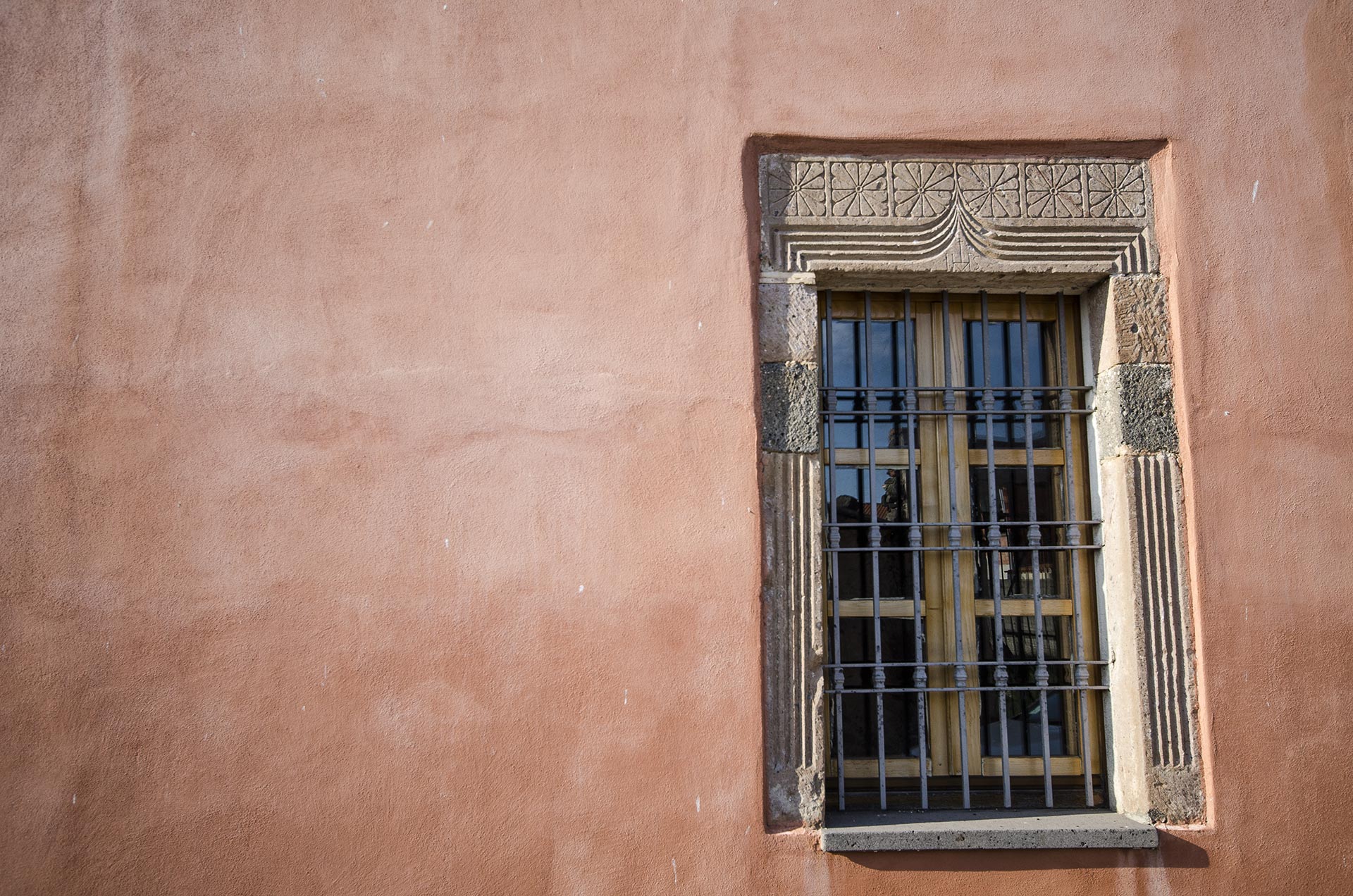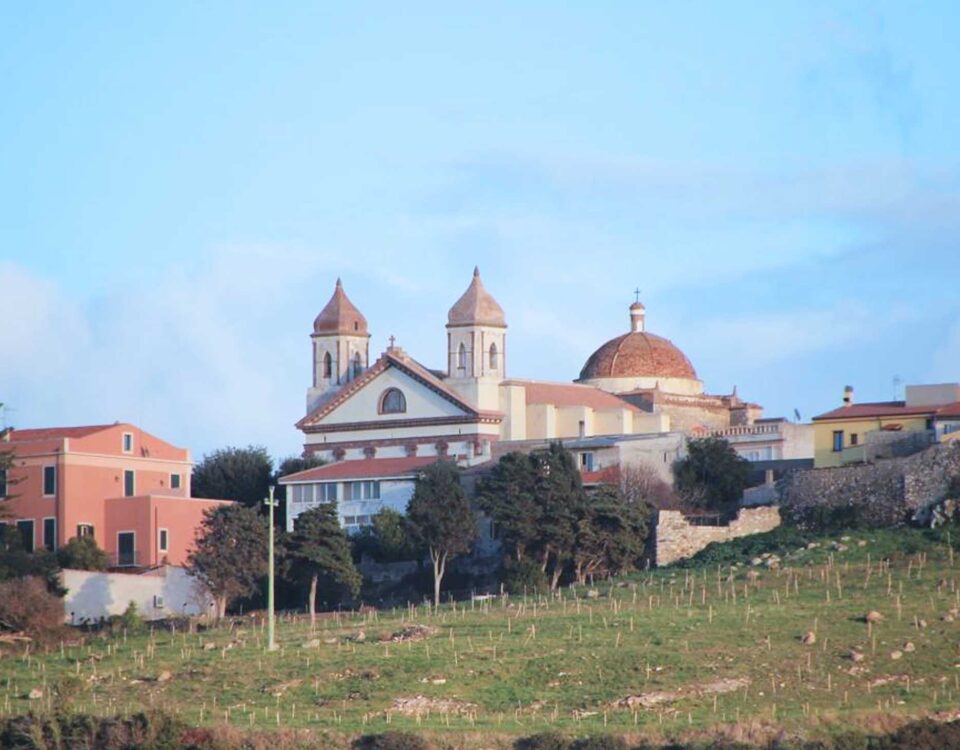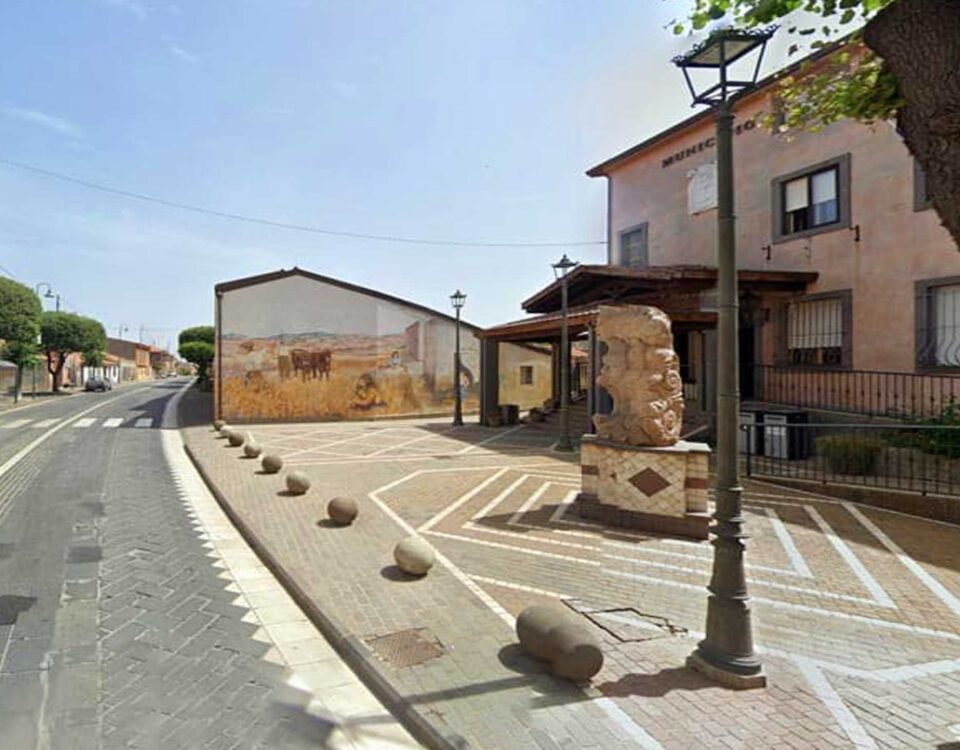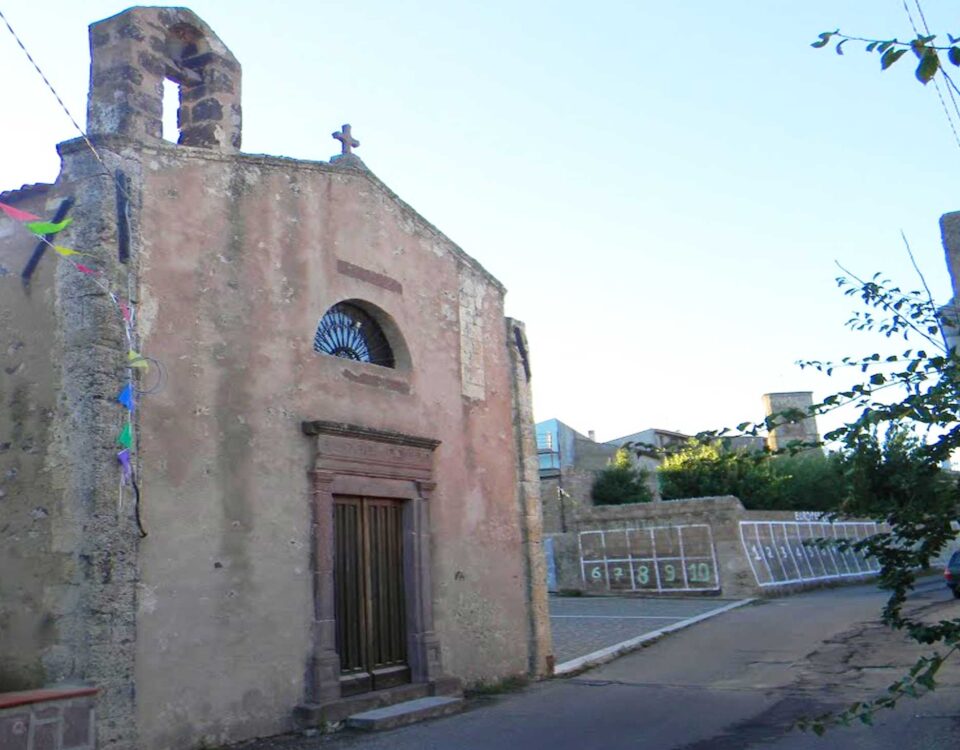
Municipality of Sennariolo
28 March 2023
Municipality of Zeddiani
28 March 2023Located on the edge of the Oristano plain, Tramatza is a town of about 1,000 inhabitants in the fertile plain of the Campidano di Oristano from which it is 15 km away. It has a territory of 16.66 square kilometres and is located 20 m above sea level. The soil is of alluvial origin, but basalt formations emerge in places, evidence of the ancient volcanic activity of the nearby Montiferru. The place name almost certainly derives from 'Tramatzu', tamarisk, a widespread shrub that grows in the stagnant soils of the area.
The river Cispiri, which runs through the entire territory, has played an important role in the history and economy of the village, based on agriculture and pastoralism. The processing of reeds is widespread. Known throughout the island for their strength, they are used today as a dividing element between farm properties, in agriculture and in vineyards as a supporting material in the respective crops, (in the past) for the construction of household objects and toys, and to make the cannicciato Sardinian wooden roofs and tiles: for this use, the reed was opened and cut into thin vertical strips, placed in water to become more flexible and then woven by specialised craftsmen to make s'orriu, the canniciato.
On the immediate outskirts of the town, along the course of the Cispiri river, in the natural oasis between the river of the same name and its mouth, the 'Mare Foghe' pond, one can observe grey herons, moorhens, egrets and an interesting flora consisting of willows, laurel, reeds and irises.
READ ALL
The name of the village appears for the first time in 1130 in the act of foundation of the monastery of Santa Maria di Bonarcado, but it has remote origins: numerous findings indicate the presence of Neolithic populations (5000 B.C.) that inhabited two pre-Nuragic villages identified in 'su Satigheddu' and 'Launeddas'.
The area contains the ruins of seven nuraghi whose ruins gave rise to the name of the surrounding land: Nurachi Mannu, Nurachi Attus, Nurachi a Cuoros, Nurachi Zuddas, Nurachi Piciu, Piziu or Pizzibi, Nurachi Aurras, Nurachi Pelliddos di San Giovanni. Among the best preserved are the Nuraghe Attus and the Nuraghe Mannu.
During the Middle Ages, Tramatza was part of the 'Campidano di Milis' curatorate in the kingdom of Arborea and fell within the territory of Tharros.
It was a Judicial Villa and the birthplace of Canon Mariano Mameli, a faithful councillor of the Arborense crown 'cancellarium della Corte Arborense', who, by way of his great services, from 1282 and repeatedly in the following years, received numerous donations from Judges Mariano II and his son Giovanni. His son Filippo appears to be the material executor of the Carta de Logu.
At the exit of the village, towards the Cispiri river, the beautiful remains of a Roman bridge are still preserved, one of the most important testimonies of Roman road architecture in Sardinia. The original structure, dating back to the late republican or early empire Roman period, was built with blocks of sandstone, limestone and trachyte and the road paved in basalt paving stones. The bridge is about 206 metres long and originally had at least seven round arches of different sizes. During the Middle Ages and the Spanish era, the paving stone was replaced by a beaten stone and earth paving that has survived to the present day. In 1826, at the time of the construction of the Carlo Felice, the Piedmontese engineers carried out an extensive restoration without altering its original lines. For centuries, it was the crossroads of the secondary road system connecting Cornus to Macomer for Forum Traiani and Simaxis and thus for the southern part of the island.
The entire town, with the exception of the religious buildings and a few small palaces, was originally built of ladiri, sun-dried earth and straw bricks: still today, walking through the streets of the town centre, one can see appreciable examples of buildings with the characteristic gates and loggias typical of peasant houses.
The parish church dedicated to St. Mary Magdalene, St. Saviour and St. Geminianus, consecrated in 1388, is of pleasing value. In the sacristy is a sarcophagus dating from the Judicial period, featuring a series of bas-relief decorations depicting a winged putto, two angels with outstretched wings and shields.
On the outskirts of the village, at its highest point, near the cemetery, is the 17 century church dedicated to St John the Baptist, surrounded by centuries-old olive trees.


